5 Things You May Not Have Known About The British Monarchy
A few lesser-known facts about the most well-known monarchy in the world for those of us outside the UK
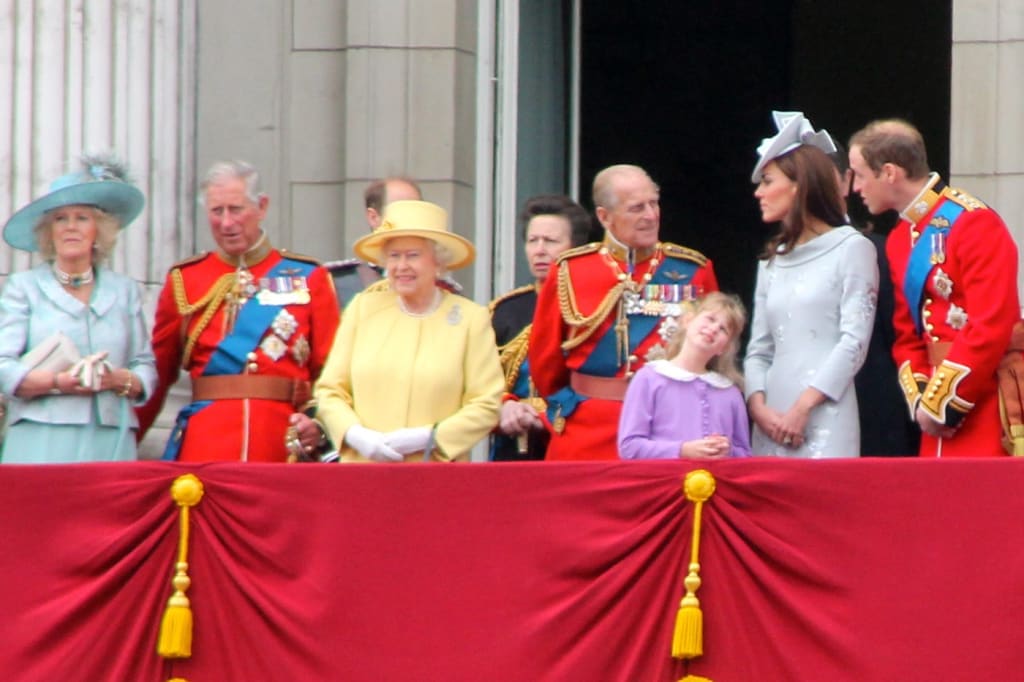
The British Monarchy has been in existence since 1066 and is arguably the most recognisable royal family in the world today. While the current generation of royals are universally known, there exists a near thousand-year history behind them that has sometimes fallen by the wayside.
Having been around all this time, there have been a number of interesting happenings over the many centuries. Let’s take a look into some of the many Kings, Queens and would-be-rulers of the past. Here are five things you may not have known about the British Monarchy.
#5. The Nine-Days Queen
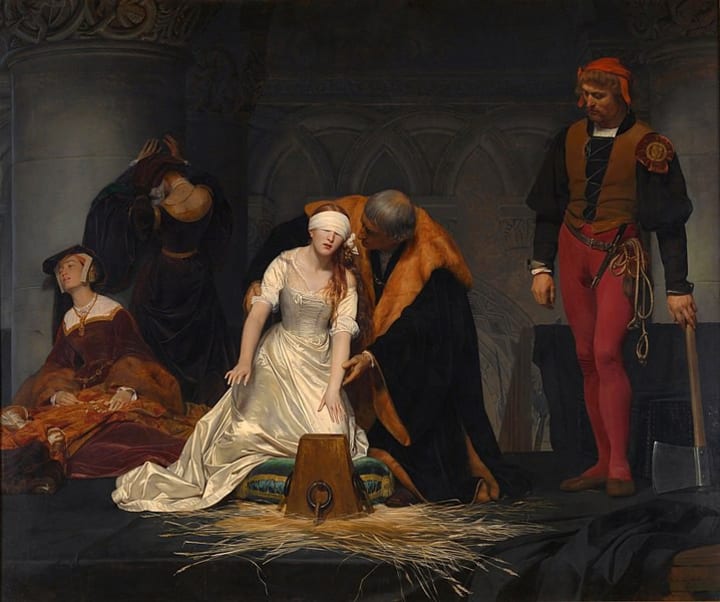
It is commonly accepted that the first Queen to rule England was Mary I or more commonly known, Bloody Mary. She succeeded her brother Edward VI in 1583. However, this was almost not the case as another prospective Queen laid claim to the throne.
At the time of Edward VI’s death, he had unsuccessfully tried to remove his sister from the line of succession. On top of that, questions began to arise as to whether Mary was the legitimate daughter of Henry VIII. Thus, the throne was set to be passed to Lady Jane Grey.
A noblewoman, Jane was the great-granddaughter of Henry VII and thus a cousin to Edward VI and Mary. Jane was also married to the son of Edward’s Chief Minister and had some influence in both Government and in the King’s inner circle. Before his death, Edward himself appointed Jane as his successor and she awaited her coronation after being proclaimed the next Queen.
However, Mary had amassed a legion of loyal followers and planned to storm the Tower of London where her cousin resided and waited for a coronation that would never come. Due to the increasing pressure, Jane’s supporters soon abandoned her and she was soon imprisoned and branded a usurper. Charged with Treason, Jane awaited trial.
Initially, Mary chose to spare her cousin’s life but soon changed her mind. Jane’s father, Henry Grey, was a participant in Wyatt’s Rebellion, an uprising that sought to prevent Mary’s marriage to Phillip II of Spain. Jane was once again viewed as a threat to the crown and was promptly beheaded along with her husband.
Lady Jane Grey’s claim to the British throne lasted approximately nine days, hence her nickname. However, her disputed claim to the throne and lack of a formal coronation has often left her excluded from the official list of British monarchs.
#4. The Monarchy Was Once Abolished
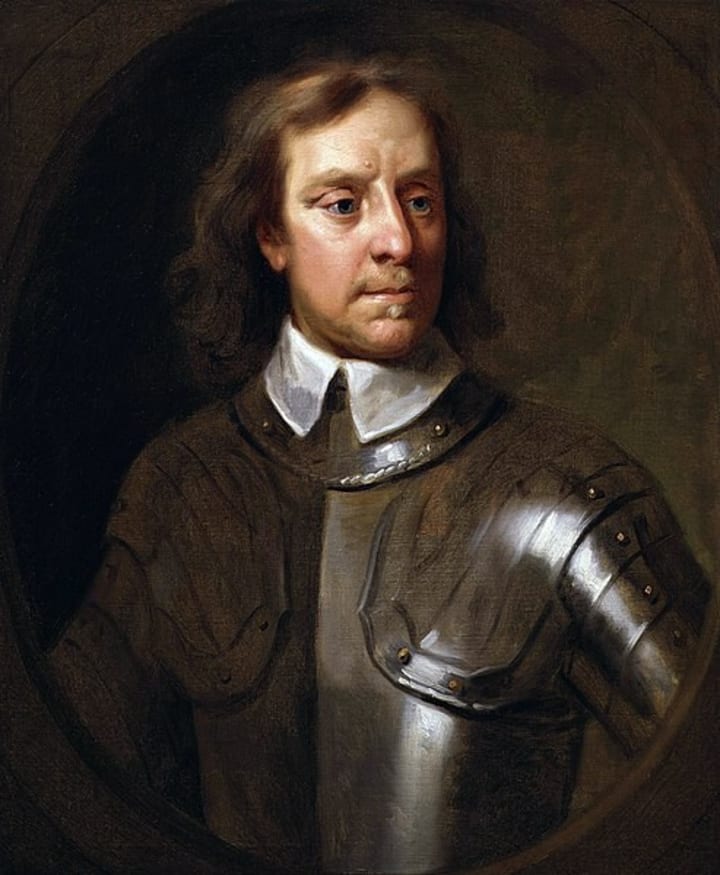
While the Monarchy is almost synonymous with Britain, the country was surprisingly made a Republic in 1649. Following the execution of King Charles I, England no longer had a King and it seemed that the Monarchy had been abolished.
For a period of time, England functioned as a Republic under the control of the Rump Parliament. The Rump Parliament declared England a Commonwealth and was in charge of governing the nation. However, this Government would also soon be overthrown by Oliver Cromwell.
After deposing the Rump Parliament, Cromwell was proclaimed Lord Protector. Although not a King himself, Cromwell’s new position made him both the Head of State and Government in England. Like a Monarch, Cromwell was stipulated to rule for life and was referred to as “Your Highness.” He also had the discretion to choose his own heir.
Under Cromwell’s reign as Lord Protector, he sought to re-establish order and stability. A devout man, Cromwell sought to bring the people closer to God and further from anything he believed to be morally reprehensible. His rule, which was viewed as extremely authoritarian and almost fundamentalist, led to bans on plays, sports and other forms of leisure. This made him extremely unpopular but feared,
When Cromwell died in 1658, his son Richard became the new Lord Protector. Unlike his domineering father, Richard Cromwell was not a natural leader and did not have the same authoritative nature. His lack of military experience also put him at odds with the Army and nine months after taking power, Richard Cromwell would relinquish his title and fled England.
Richard’s abrupt departure left a power vacuum in England that many feared would lead to chaos if not quickly addressed. Thus, the decision was made to bring in Charles I’s son back to England to rule the country. Having fled to France following his father’s execution, the prince agreed and became King Charles II. This led to the restoration of the British Monarchy which remains intact to this very day.
Still, it is interesting to think that England was at one time a Republic. That being said, its new leaders may as well have been Kings in their own right considering the absolute power they once held.
#3. England Once Had Two Rulers At The Same Time
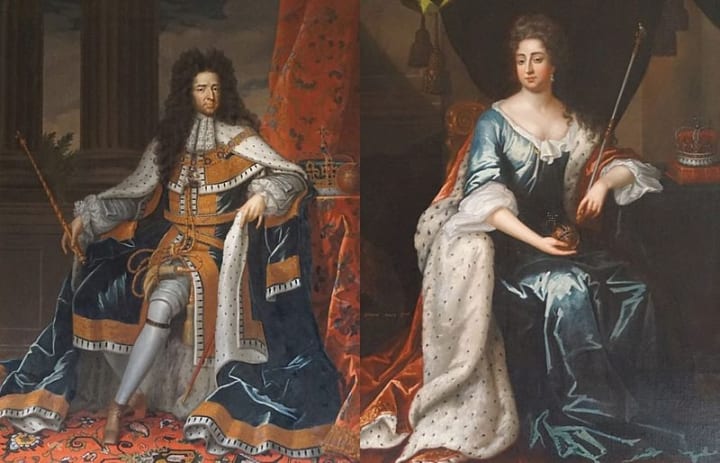
Generally, when we imagine the ruler of England, we picture a single person sitting on the throne. Whether there was a King or Queen on the throne, there was usually just one Monarch who was followed by their consort. This is why, when Queens get married, their husbands do not become King. If the Monarch is male, the consort is still called a Queen but does not wield the power of a sitting ruler.
However, in 1688, King William III and Queen Mary II ruled England side by side. To date, William and Mary’s reign remains the only co-regency in British history where husband and wife ruled the country with equal power. The reason for this makes for quite the story in itself.
Prior to this, England was ruled by King James II. Initially a Protestant, James converted to Catholicism upon marrying his second wife. Following this, his rule became far more authoritarian and his actions began to worry England’s Protestant majority. At the same time, William, a Dutch Prince and nephew to James, feared that a potential return to Catholicism in England might threaten his home country of the Netherlands.
William was viewed as a champion of the Protestant faith and was extremely popular. On top of that, he was also married to James’ eldest daughter, Mary. With his wife’s support and the backing of various influential people in England, William deposed James in an event known as The Glorious Revolution. With the King in exile, a new ruler was to be chosen.
Initially Parliament had wanted Mary to take over as Queen of England. After all, she was next in line to the throne and disapproved of her father’s actions. At the same time, William, like his wife, was also a grandchild of Charles I and had a valid claim to the throne. However, he did not want to be viewed as a usurper. Thus, a compromise was reached to have both William and Mary jointly rule England.
While the two wielded equal power on paper, Mary generally left the bulk of England’s governance to her more experienced husband. When William was away, Mary would rule in his stead. Mary would die in 1694 and her husband would continue ruling England on his own until his death in 1702. Following William’s death, the throne of England would go to Mary’s sister, Queen Anne.
It is highly unlikely that we will ever see another co-regency in the UK as the line of succession has been well-drawn out to account for the next few generations. Thus, it is unfeasible for there to be another scenario where there will be two people with equally valid claims to the throne.
#2. The Grandmother of Europe
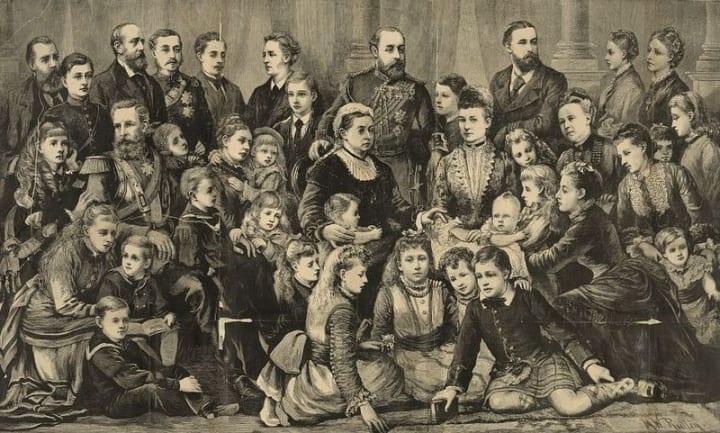
One of the earliest British Monarchs to be recognised worldwide, was Queen Victoria. The second longest reigning ruler in British history, Victoria sat upon the throne for 63 years. During her time, Britain had risen as a global superpower in the wake of the Industrial Revolution and the expansion of the British Empire.
Queen Victoria was also well-known for her large family. Along with her husband Prince Albert, Victoria had nine children, forty two grandchildren and eighty seven great-grandchildren. Just as she had married a member of another royal family, Victoria’s children and grandchildren would follow suit.
These many royal marriages would soon earn Victoria the nickname “The Grandmother of Europe.” The name was as affectionate as it was true as many European Royal Families soon found themselves with descendants of the Queen among their ranks.
However, it was after her death when she really began living up to this moniker. By the time of The First World War, the King of England and Queen of Norway and the Emperor of Germany and Queen of Greece respectively, were siblings. The Empress of Russia and Queen of Spain were also their first cousins. Essentially, a good portion of Europe’s rulers or their spouses were either siblings or first cousins with Queen Victoria being their literal grandmother.
Queen Victoria’s legacy as The Grandmother of Europe lives on to this very day in many European royal families and the current British Monarchy. Both Queen Elizabeth and Prince Philip are directly related to Queen Victoria by virtue of being her great-great-grandchildren.
#1. Prince Philip Could Have Ruled England
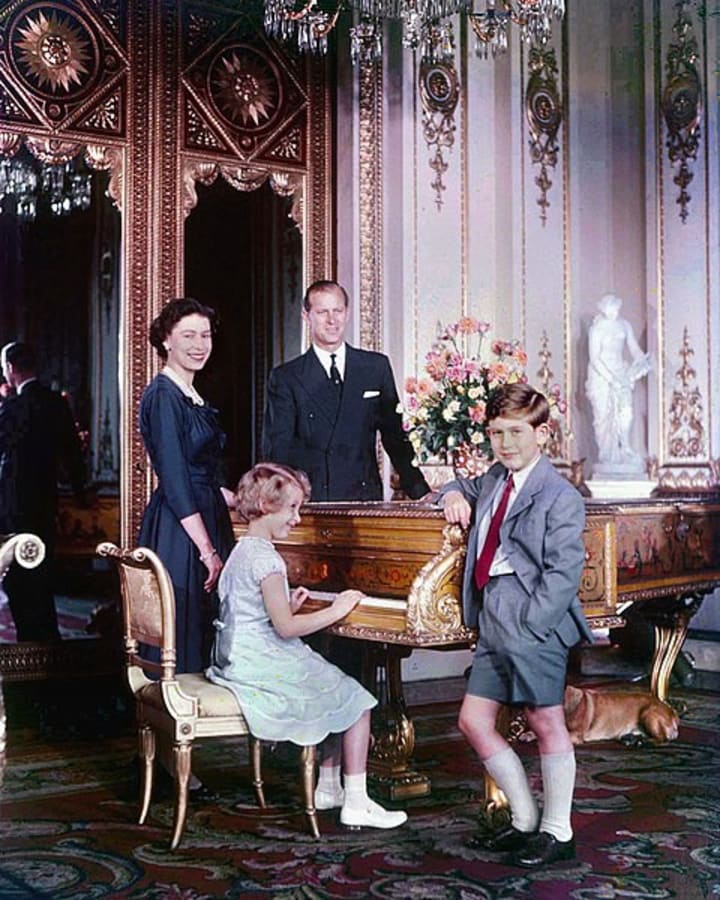
Be it England or any other monarchy, a Regent is usually appointed in order to ensure that there is someone to exercise the functions of a ruler in cases where the actual Monarch is incapacitated or underage. Generally, a Regent is always someone in the line of succession but as you will soon see, this was not always the case.
When Queen Elizabeth first ascended the throne in 1952, she was only 25 years old. Heir to the throne, Prince Charles, was far too young to assume any duties and could not be expected to ascend the throne should anything happen to his mother in the near future. Thus, the Queen’s sister, Princess Margaret was appointed Regent. However, the Queen instead chose another person.
Instructing the Government to change the Regency Act, Queen Elizabeth instead wanted her husband, Prince Philip to act as Regent should anything happen to her before Prince Charles became old enough to rule. This echoed her great-great grandparents Queen Victoria and Prince Albert, where the Regent was picked from outside the line of succession. Although the intended Regent, Princess Margaret supported the decision, many Ministers expressed their reservations to this change.
Eventually, The Queen had her way and the Regency Act of 1953 was passed by Parliament. Essentially, the Act gave Prince Philip the authority to exercise the functions of King if Queen Elizabeth were to die or become unable to rule before their children reached the age of 18. Thus, if necessary, Prince Philip could have functioned as the acting Monarch.
This was eventually rendered null when all four of their children reached adulthood while their mother was still Queen and Philip stepped back into his role as consort. Perhaps it was best for Prince Philip to not end up ruling England after all as the circumstances that would have allowed it would have likely been extremely tragic.
That being said, it was interesting to note that the opportunity for him to do so had actually existed even though he was not in the line of succession himself. Considering the fact that Queen Elizabeth is still ruling England well into the adulthoods of her grandchildren, the need for a Regent outside the line of succession is far less necessary than before.
About the Creator
Isa Nan
Written accounts of life, death and everything in between
Reader insights
Outstanding
Excellent work. Looking forward to reading more!
Top insights
Easy to read and follow
Well-structured & engaging content
Expert insights and opinions
Arguments were carefully researched and presented







Comments (4)
"The British Monarchy has been in existence since 1066" you say, but surely 1707 would be a more credible figure? You also talk about the "King of England" after that date, but nobody has held that title from then until the current day. Confusing England and the United Kingdom is an easy mistake to make but hardly lends credibility to your views.
Interesting little read! 👏🏻
good history
Very interesting history